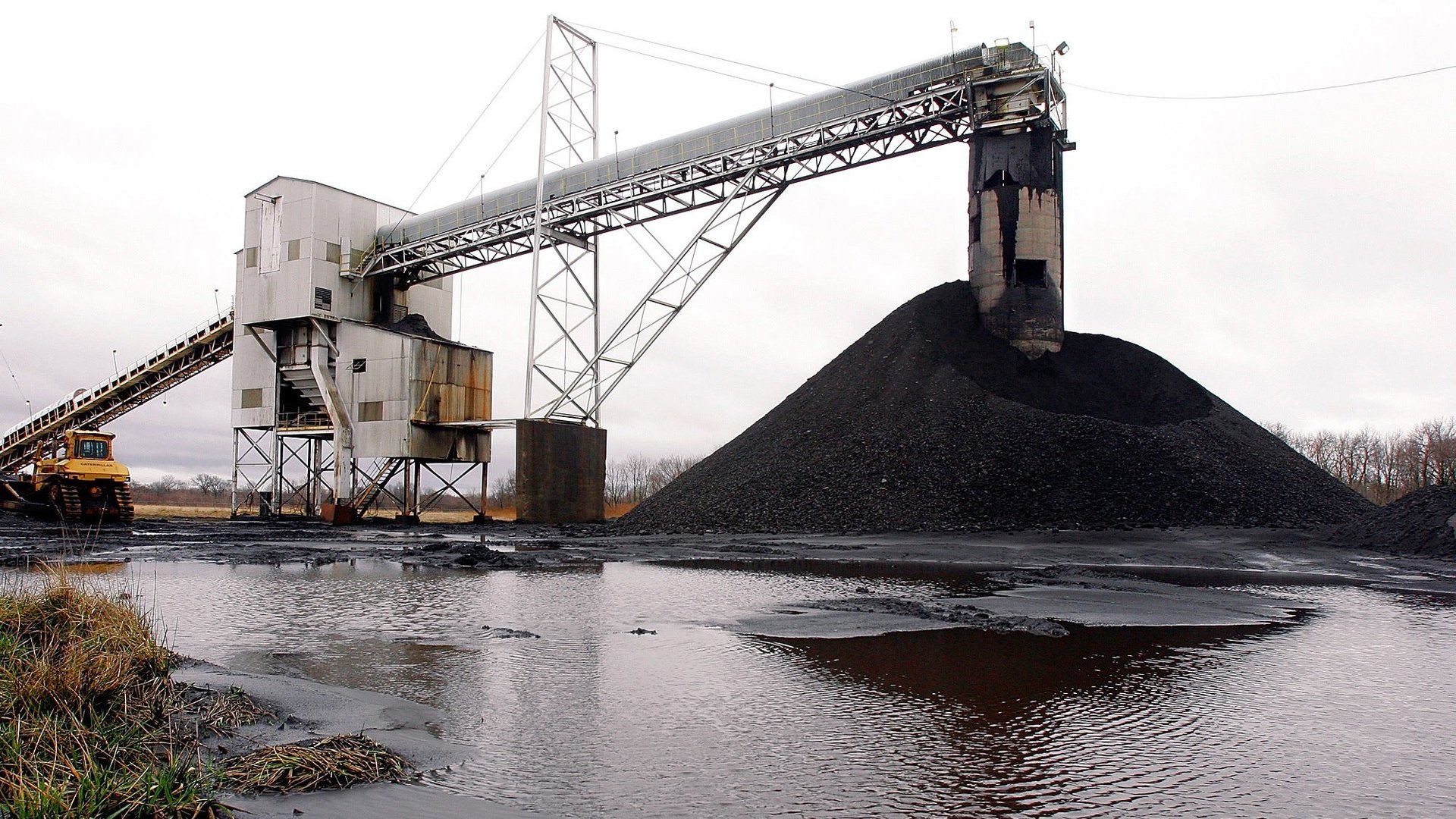US power plant emissions data shows why getting rid of coal won’t be easy
A report released today on US power plant pollution offers some insight into why it’s so hard for the country to reach agreement on cutting its carbon emissions.


A report released today on US power plant pollution offers some insight into why it’s so hard for the country to reach agreement on cutting its carbon emissions.
Altogether, the top 100 power companies provide 86% of US electricity demand, according to the report compiled by Ceres, a Boston-based nonprofit that promotes corporate sustainability. Coal-fired power plants belonging to those top 100 supplied 44% of the country’s electricity, but accounted for 81.3% of carbon spew in 2011 (the latest year with complete data).
But the report shows that carbon emissions are concentrated in a handful of states where coal power dominates. The biggest carbon polluters include Wyoming, Kentucky, West Virginia and Indiana. Coal-fired plants supply 96% of West Virginia’s electricity, 93% of Kentucky’s and 83% of Indiana’s.
What’s more, those states are also among the nation’s biggest electricity exporters. So even states with no coal-fired plants of their own may depend on coal for energy.
As it happens, the states where coal is king have equal representation in the US Senate to the cleanest and greenest states, Vermont and Idaho. So attempts to create a cap-and-trade market to reduce greenhouse gas emissions have not surprisingly run into fierce opposition.
“One of the challenges in developing a policy to regulate power plant CO2 emissions will be to design an approach that recognizes the wide variability in the carbon intensity of the electric generating fleet,” the report notes. “A [national emissions] standard that would be easily achievable, in a state like Rhode Island, would be very difficult to achieve in a coal-dependent state like Wyoming or Michigan.”
And then there’s the North Dakota dilemma. The sparsely populated state has the nation’s highest rate of fossil fuel emissions thanks to a shale oil boom, yet wind farms supply 26% of its electricity.
There is some good news. More natural gas-fired power stations are coming online thanks to shale gas production and the retirement of the dirtiest coal plants. Among the top 100 power producers, natural gas provided 23% of electricity, but only accounted for 17.6% of carbon emissions.